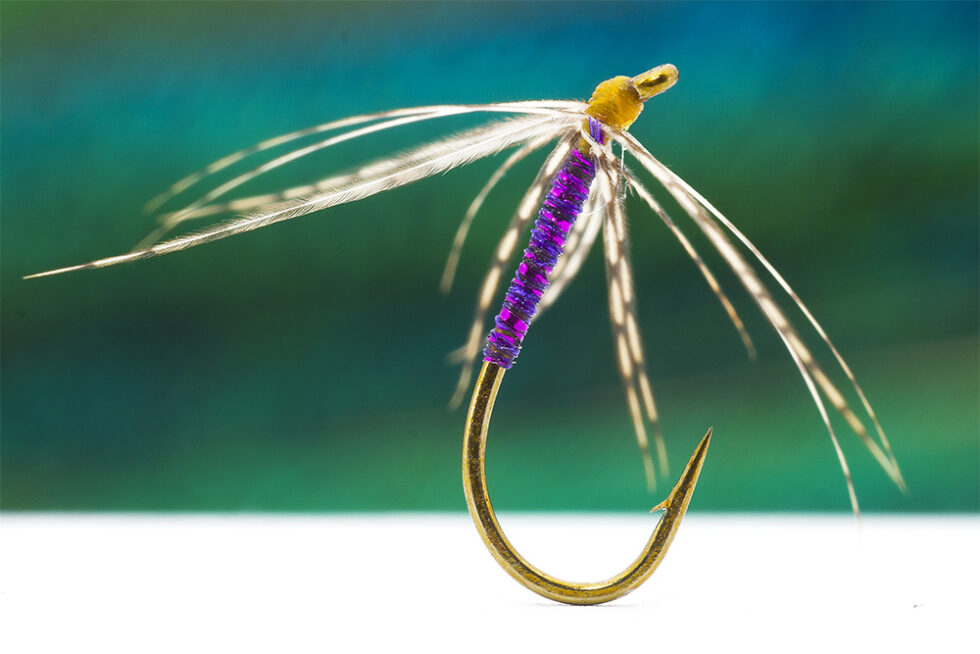
Spider flies, despite their name, aren’t meant to imitate actual spiders. Spider wet flies are a classic style of fly used in fly fishing, particularly in traditional European and British angling methods.
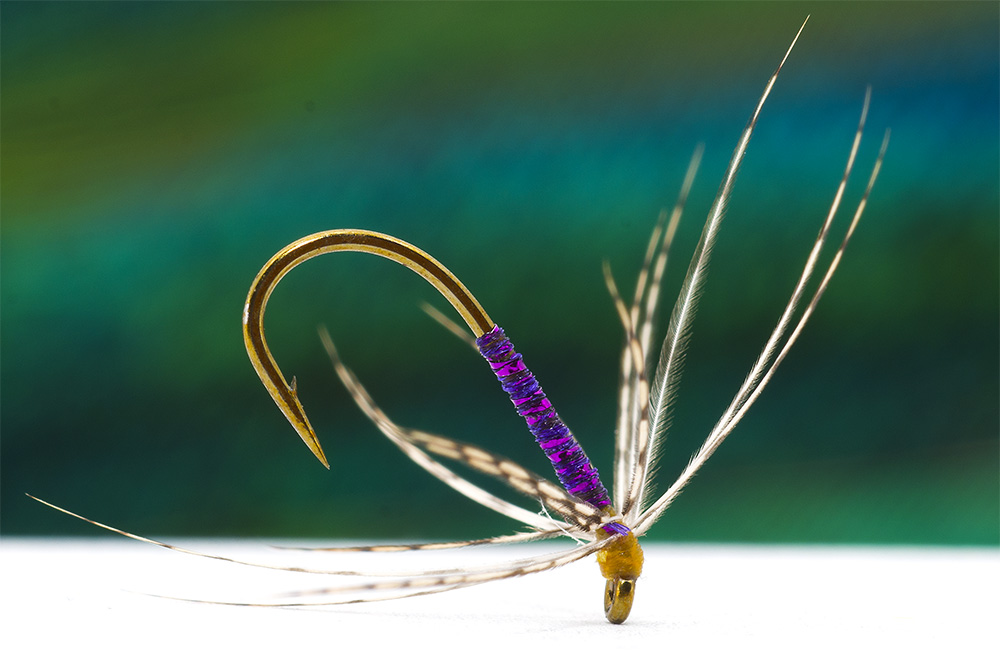
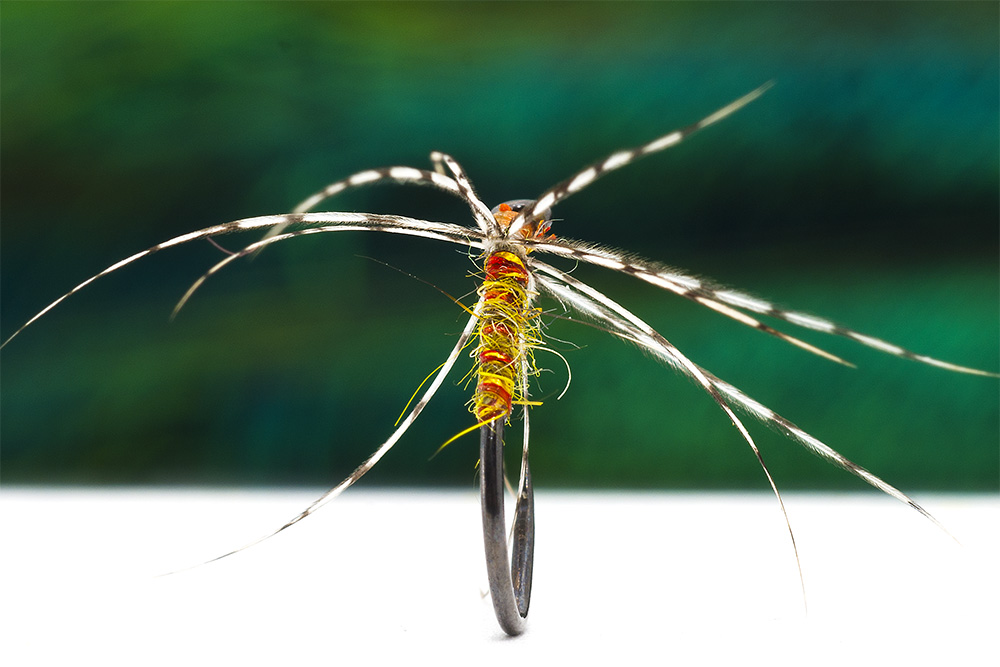
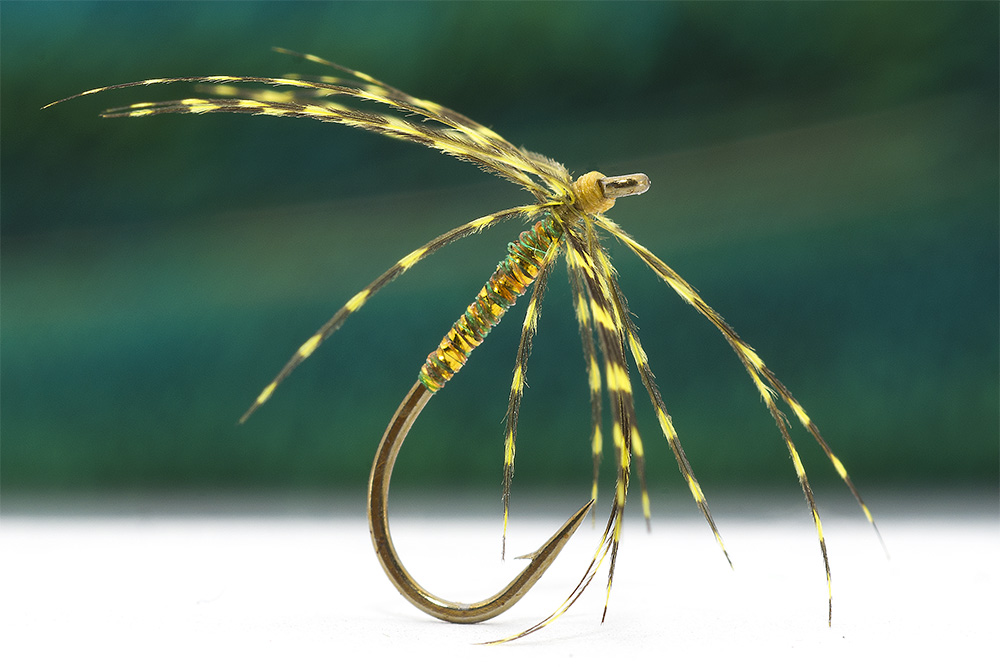
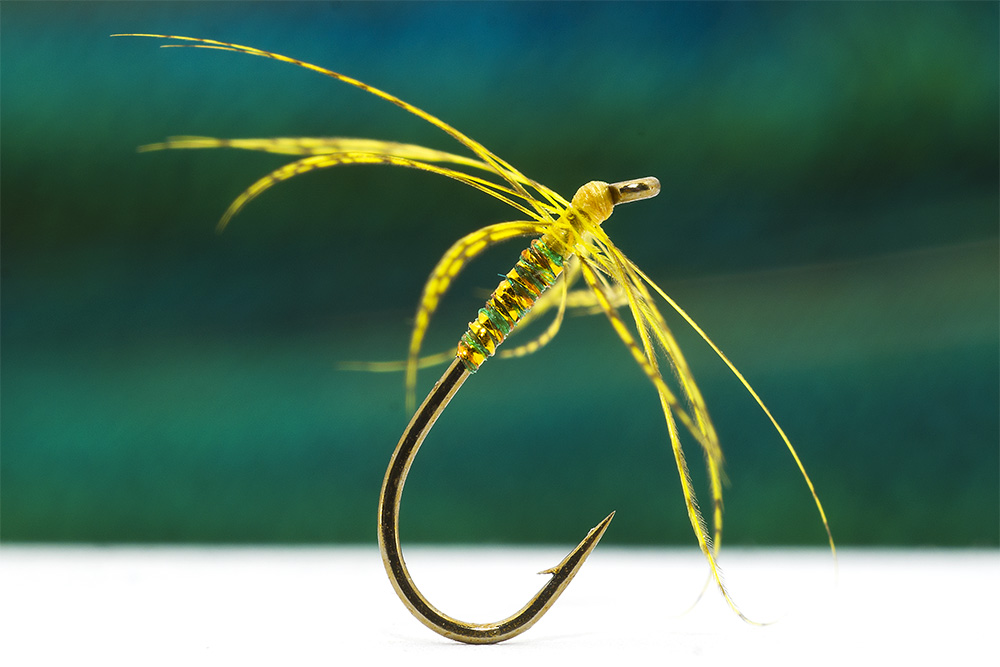
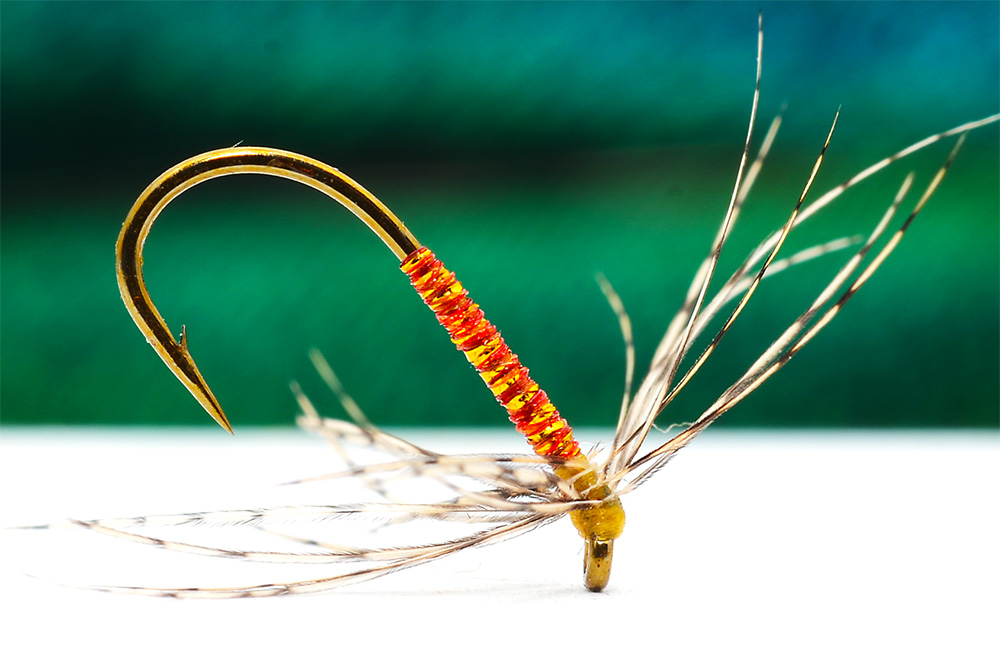
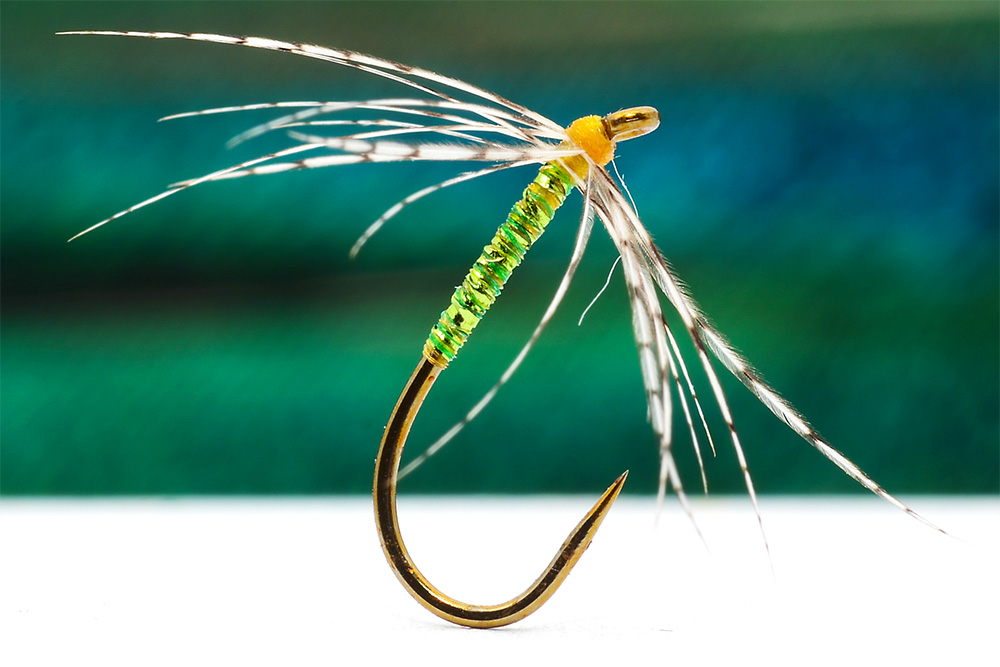
Here’s the deal:
- Classic Design: They’re a type of wet fly with a long history, dating back over 300 years!
- Simple Construction: These flies are known for their minimalist design, typically featuring just a thread body and a single, sparse hackle feather for legs.
- Lifelike Movement: The magic lies in the hackle. When wet and pulled through the water, the soft hackle creates a lifelike, fluttering movement that resembles an emerging insect or a struggling nymph.
- Effective Allure: This subtle movement is highly attractive to fish, making spider flies a great choice for catching trout and other freshwater fish.
- Versatile Use: They can be fished in various ways, like upstream drifts similar to nymph fishing, making them a good option for beginners or when hatches are unclear.
- Regional Popularity: While traditionally used in fast-flowing rivers of northern England, spider flies are now popular worldwide for various freshwater fishing conditions.
If you’re interested in learning more about spider flies, here are some specific details you can explore:
- Different Spider Fly Patterns: Though they share a basic design, there are many variations of spider flies with different thread colors, hackle types, and even some that imitate specific insects.
- Tying Your Own Spider Flies: Due to their simplicity, spider flies are a great option for fly tiers who are just starting out.
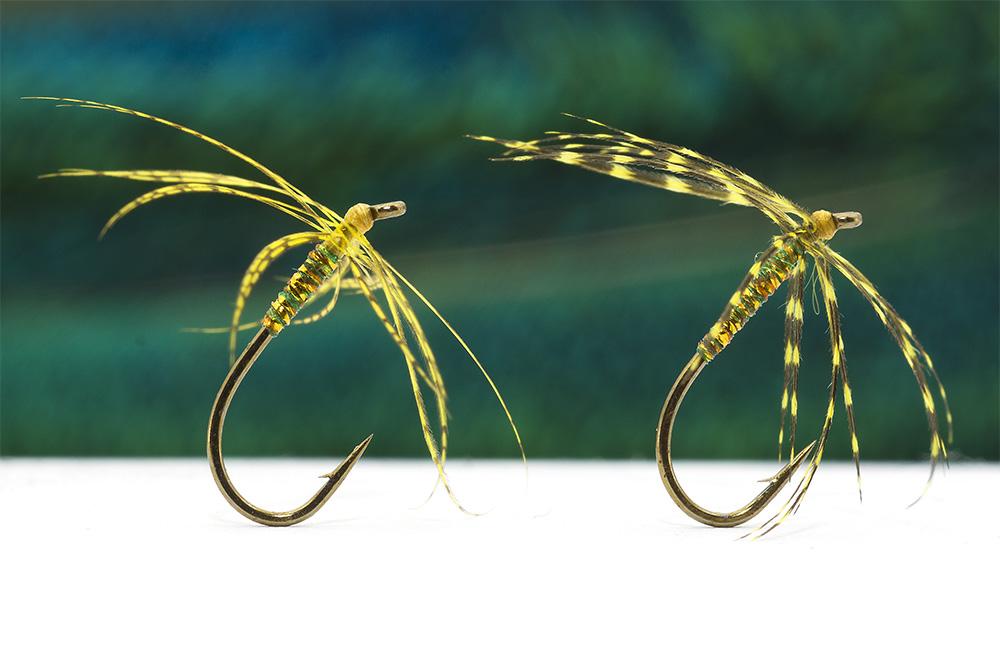
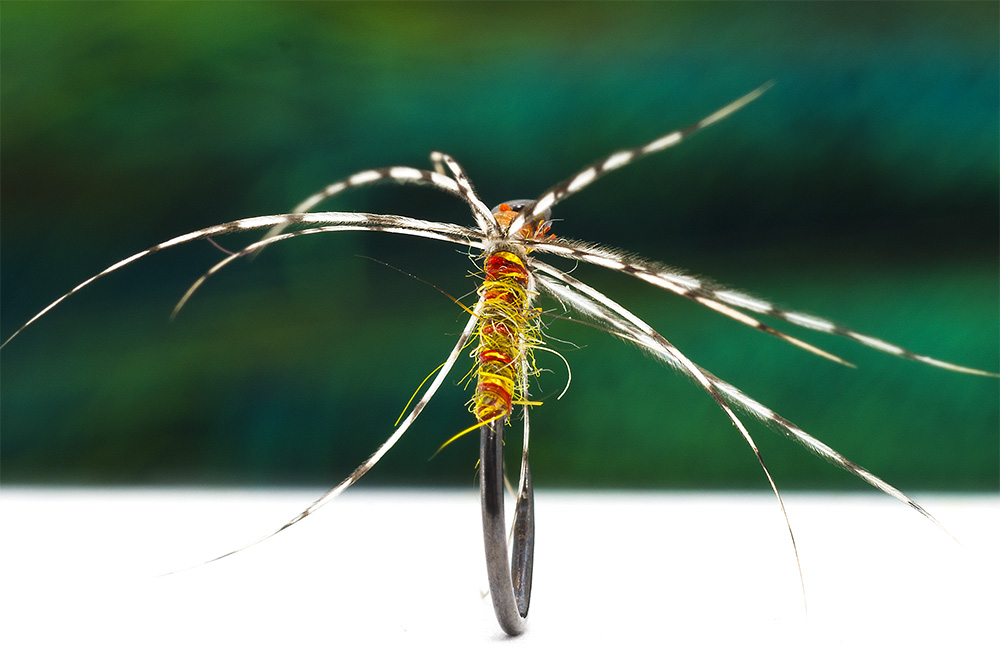
Fishing Techniques with Spider Flies:
- Dead Drift: This is a classic technique where you cast the spider fly upstream and let it drift naturally with the current, mimicking an insect struggling against the flow.
- Mending: As the fly drifts, you can gently use your rod tip to “mend” the line, keeping it straight and allowing the fly to drift more naturally.
- Stripping: While less common, you can impart short, subtle strips to the fly to add a bit more erratic movement, imitating a fleeing insect.
Spider Flies vs. Nymphs:
- Similarities: Both are fished underwater and can imitate emerging insects or struggling nymphs.
- Differences: Spider flies tend to be lighter weight than nymphs and rely on hackle movement for realism. Nymphs often have weighted bodies to sink deeper and may have more realistic body shapes depending on the type of nymph they imitate.
Choosing the Right Spider Fly:
- Size: Match the size of the fly to the insects the fish are feeding on.
- Color: Consider the water clarity and natural insects in the area. Darker flies for murky water, lighter flies for clear water. Black, brown, olive, and grey are popular colors.
- Hackle: Different hackle types can create different movement profiles. Softer hackles for subtle movement, stiffer hackles for more erratic action.
Additional Tips:
- Spider flies are excellent choices when fish are being picky and hatches are unclear.
- Experiment with different retrieves and presentations to see what works best on the day.
- Spider flies are very durable and can catch many fish before needing replacement.
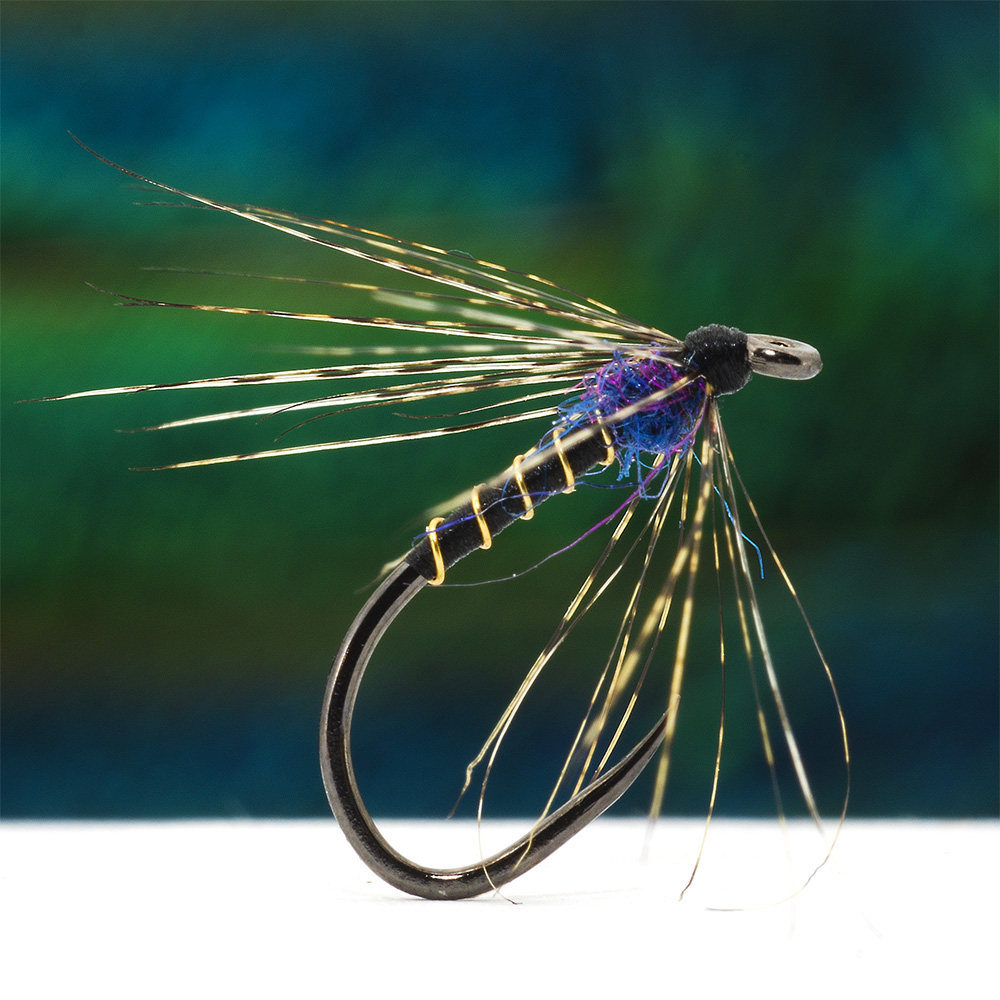
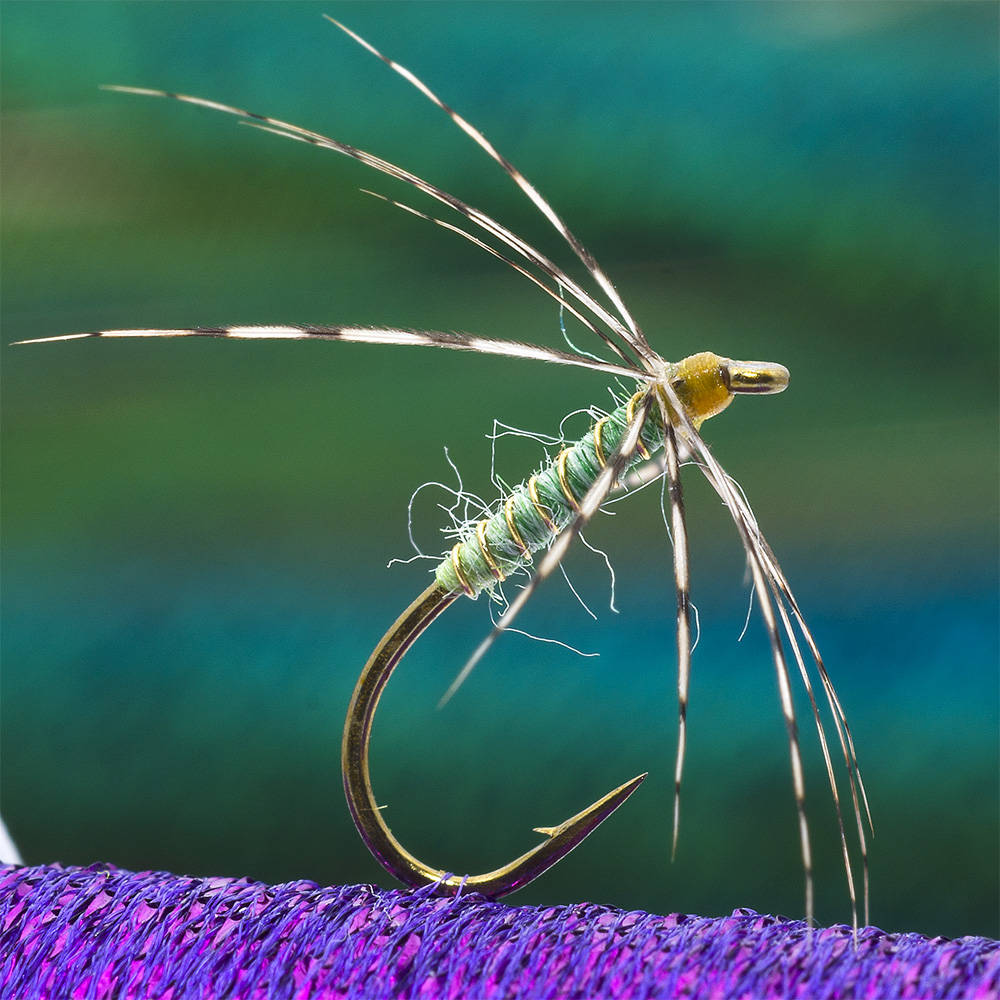
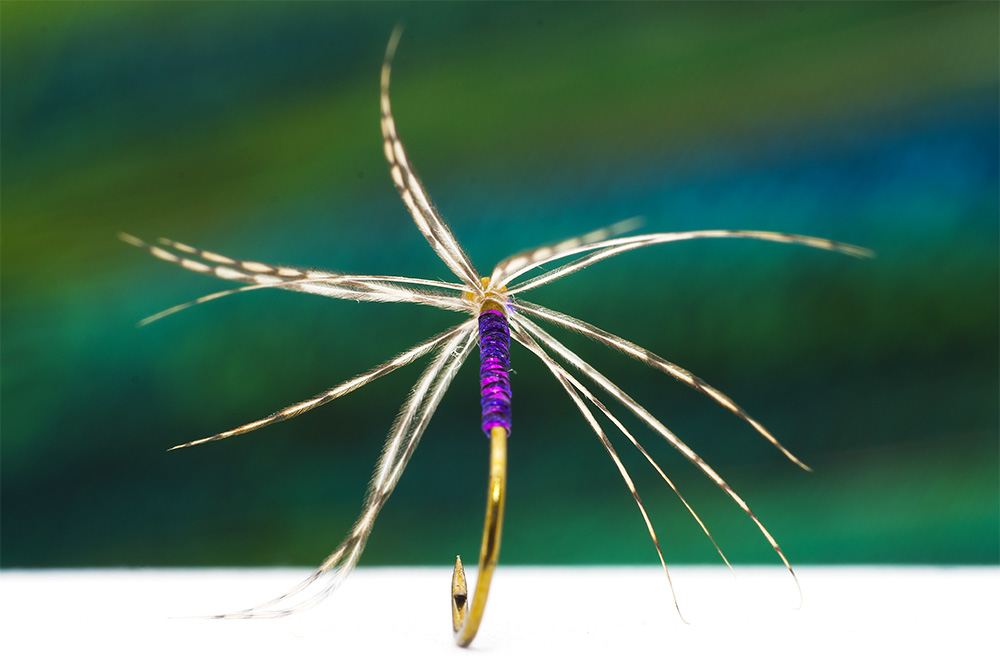

April 4, 2024
Not even Oxford would teach so well!
Great!!!
April 4, 2024
hahaha, I wish 🙂